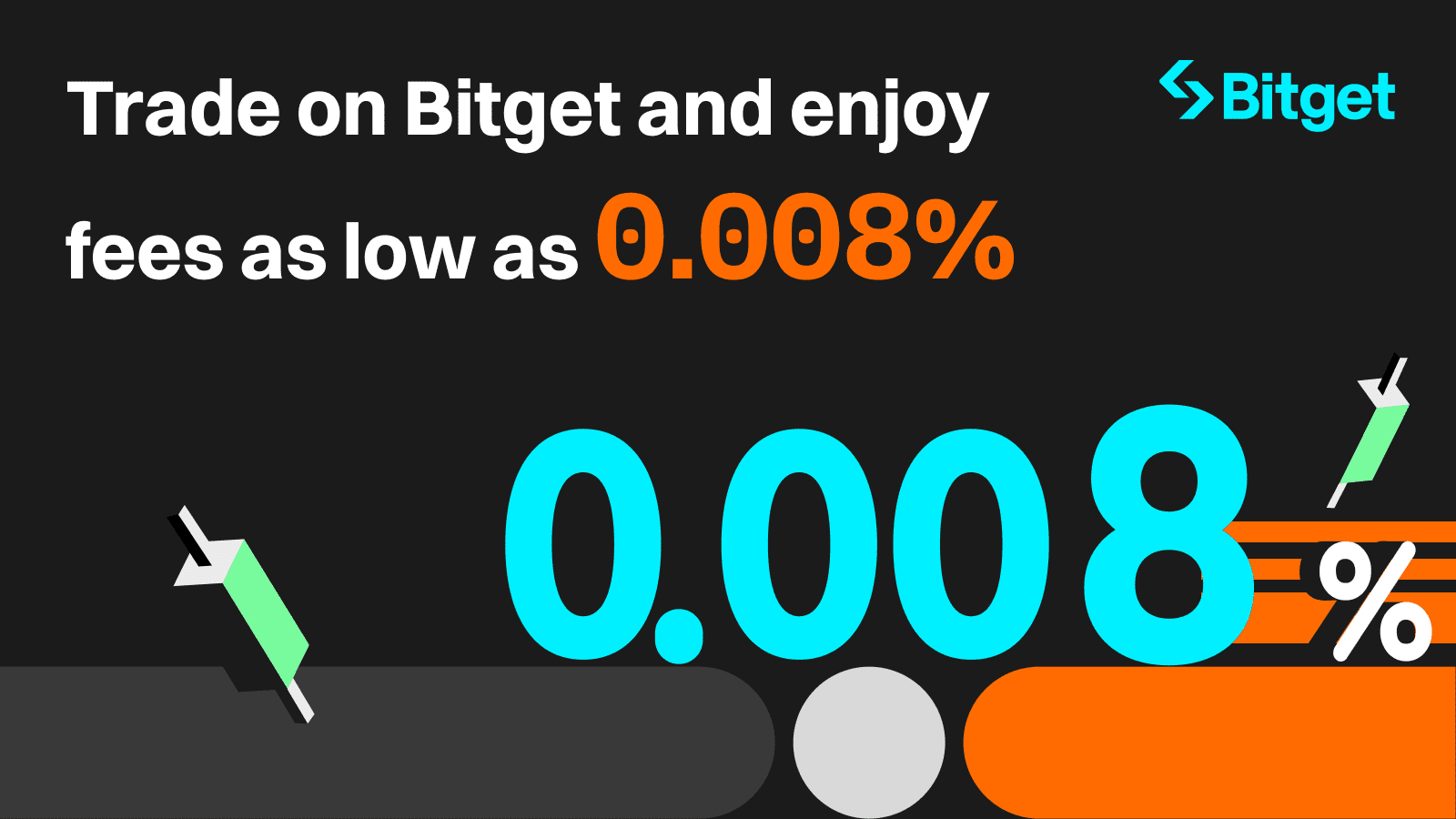

In this article, we examine Bitcoin’s recent significant decline from its all-time highs, uncovering the multifaceted reasons for the decline and providing insight into the potential future moves of the world’s leading cryptocurrency.

Bitcoin recently suffered a sharp decline, plummeting to $66,885, down 9% from its all-time high. The decline reflects a mix of factors, mainly traders’ profit-taking after an exceptional 175% surge over the past year, along with increasing uncertainty surrounding US economic policy, particularly expected interest rate cuts.
market dynamics and economic uncertainty;
The cryptocurrency’s decline could also be attributed to the broader economic environment, including in the United States where higher-than-expected inflation rates have dampened previously hoped-for interest rate cut prospects. As City Index analyst Matt Simpson points out, this economic uncertainty has contributed to Bitcoin’s volatility, highlighting the currency’s historical pattern of significant volatility following record highs.
Halving and the role of market cycles
Bitcoin is famous for its boom and bust cycles, a phenomenon caused in part by an event known as a “halving.” The next halving, which occurs every four years, is set for April, which will further reduce Bitcoin’s daily creation to 450 BTC. This scarcity mechanism is the fundamental reason why enthusiasts find Bitcoin valuable, and the total supply is limited to 21 million.

Institutional influences and regulatory environment
In 2024, Bitcoin ETF (Exchange Traded Fund) was introduced in the United States. For example, an ETF managed by BlackRock raised $15.5 billion in just two months. This institutional intervention contrasts with the ongoing concerns of regulators and politicians about the volatility of assets and the warnings by institutions such as the Bank of England of potential total losses to investors.
Mixed opinions and price outlook
Bitcoin’s trajectory has always been a topic of division among investors and analysts. Some, like JPMorgan, expect it to fall to $42,000 in April, while others remain optimistic, with figures like fund manager Cathie Wood predicting it will rise to $1 million by 2030. These conflicting views highlight the speculative nature of Bitcoin and the differing beliefs about Bitcoin. The future role in finance.
Current market status
Bitcoin’s current state demonstrates its volatility, with the price recently recorded at $68,481.11, indicating a recovery from recent lows. Current valuations remain below all-time highs, but suggest investor sentiment remains resilient despite widespread economic uncertainty and internal market dynamics.

conclusion
Bitcoin’s recent decline from all-time highs was a multifaceted event influenced by profiteering, economic uncertainty, and the inherent nature of market cycles. Despite these fluctuations, institutional interest and the upcoming halving are factors that could potentially drive future growth. However, the divided opinions among experts and the asset’s inherent volatility highlight Bitcoin’s speculative and unpredictable nature. Investors should navigate this environment carefully, keeping in mind a long-term perspective and the evolving regulatory environment.
Featured Posts
More from Bitcoin

Bitcoin plunges to $67,000, cryptocurrency market loses $250 billion in Asian trading
In this article, we explore the tumultuous world of cryptocurrency as Bitcoin suffers a severe downturn, impacting investors.

Bitcoin Price Drops Below $69,000: Is Bitcoin Crashing?
Find out what caused the recent Bitcoin crash, current market conditions, and what to expect from the upcoming Bitcoin halving.

Bitcoin Price Reaches $70,000: What’s Happening in the Market?
This article discusses Bitcoin’s price increase to a new record high of over $70,000. We also…

